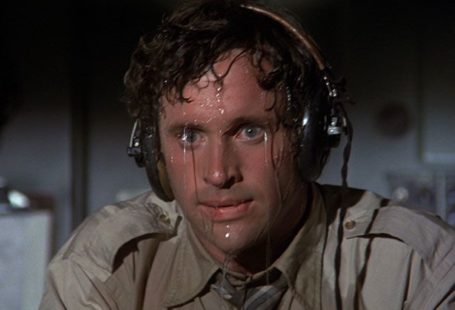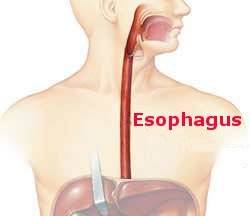Fad or the future?
In my last blog I touted the benefits of minimally invasive chest surgery, thoracoscopy, which provides as good outcomes as open surgery but causes much less pain and allows patients to recover quicker. So-called robotic surgery is felt by some surgeons to be the next advance in surgical technique. Like thoracoscopy the operation is performed through small cuts. The difference is that the long instruments are connected to mechanical arms which are manipulated and controlled by a surgeon seated at a computer console in the operating room. Despite the name there is no actual robot.
There are benefits to this system: two cameras provide a three-dimensional image and the instruments can be manipulated in ways impossible when hands control them. These attributes have won over some surgeons, in both cardiac and general thoracic surgical camps, to the extent they see robotic surgery as the future of thoracic surgery. Maybe.
The robotic system is expensive to purchase and maintain. It takes time to set the system up in the operating room, so operations are somewhat prolonged. However, these negatives would vanish if the technical attributes led to some improvement in patient outcomes such as less pain or operations more likely to cure lung or esophageal cancer. In fact, the patient experience is no different than for thoracoscopy without the robotic system. Despite the enthusiasm of robotic proponents its lack of demonstrable patient benefits means its future role is still uncertain. So whether fad or the future of surgery is yet to be determined.




